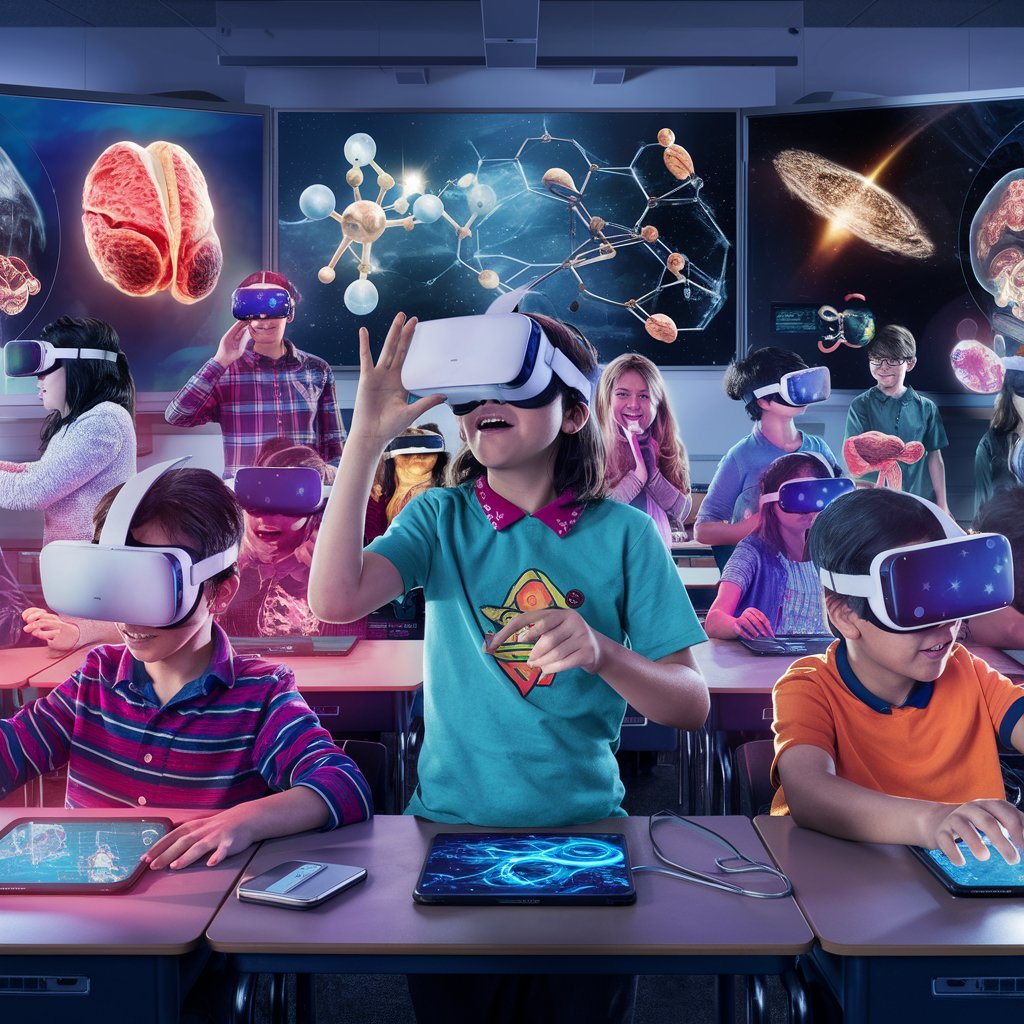Virtual Reality, Augmented Reality, & Spatial Computing
Virtual reality (VR), augmented reality (AR), and spatial computing are three emerging fields at the forefront of a technological revolution. As the applications and demand for immersive and interactive experiences grow, understanding the fundamentals of these technologies becomes increasingly crucial.
Virtual reality allows users to enter a completely digital environment, typically through the use of headsets or goggles. By blocking out the real world and replacing it with computer-generated surroundings, VR provides users with a sense of presence and immersion. Fundamentals in hardware and software components, such as the head-mounted display, tracking sensors, AI projections, and the underlying virtual world's creation. Additionally, understanding spatial audio, user interaction methods, and designing for presence are essential skills in this field.
Augmented reality, on the other hand, blends digital content into the real world, enhancing our perception and interaction with it. AR technologies overlay computer-generated information onto our immediate environment, generally using special glasses or a smart phone, enhancing our understanding and interaction with the physical world. Fundamental knowledge of AR includes understanding marker-based and markerless tracking, object recognition, and the use of depth sensors to detect and place virtual objects in real-world spaces. In addition, developers must grasp the basic principles of user interface design, such as creating intuitive interactions and ensuring a seamless integration of virtual content with the physical environment.
Spatial computing is a term that encompasses both VR and AR, as well as other technologies that allow for the understanding of the physical world and the placement of digital content within it. Spatial computing seeks to bridge the gap between the digital and physical realms, enabling users to interact with virtual objects in a more natural and intuitive way. Learning the fundamentals of spatial computing involves understanding the underlying technologies, such as 3D mapping, computer vision, and machine learning. By grasping these concepts, individuals can develop applications that accurately perceive and understand the real world to create compelling and immersive experiences.
As the applications of VR, AR, and spatial computing continue to evolve, it is essential to stay up to date with the latest advancements and industry trends. Being knowledgeable in the fundamentals opens doors to a wide range of career opportunities, from creating immersive gaming experiences to developing innovative solutions for industries like healthcare, education, and architecture. Ultimately, by mastering the essentials of these technologies, individuals can contribute to the ongoing transformation of the digital landscape and shape the future of human-computer interaction.
